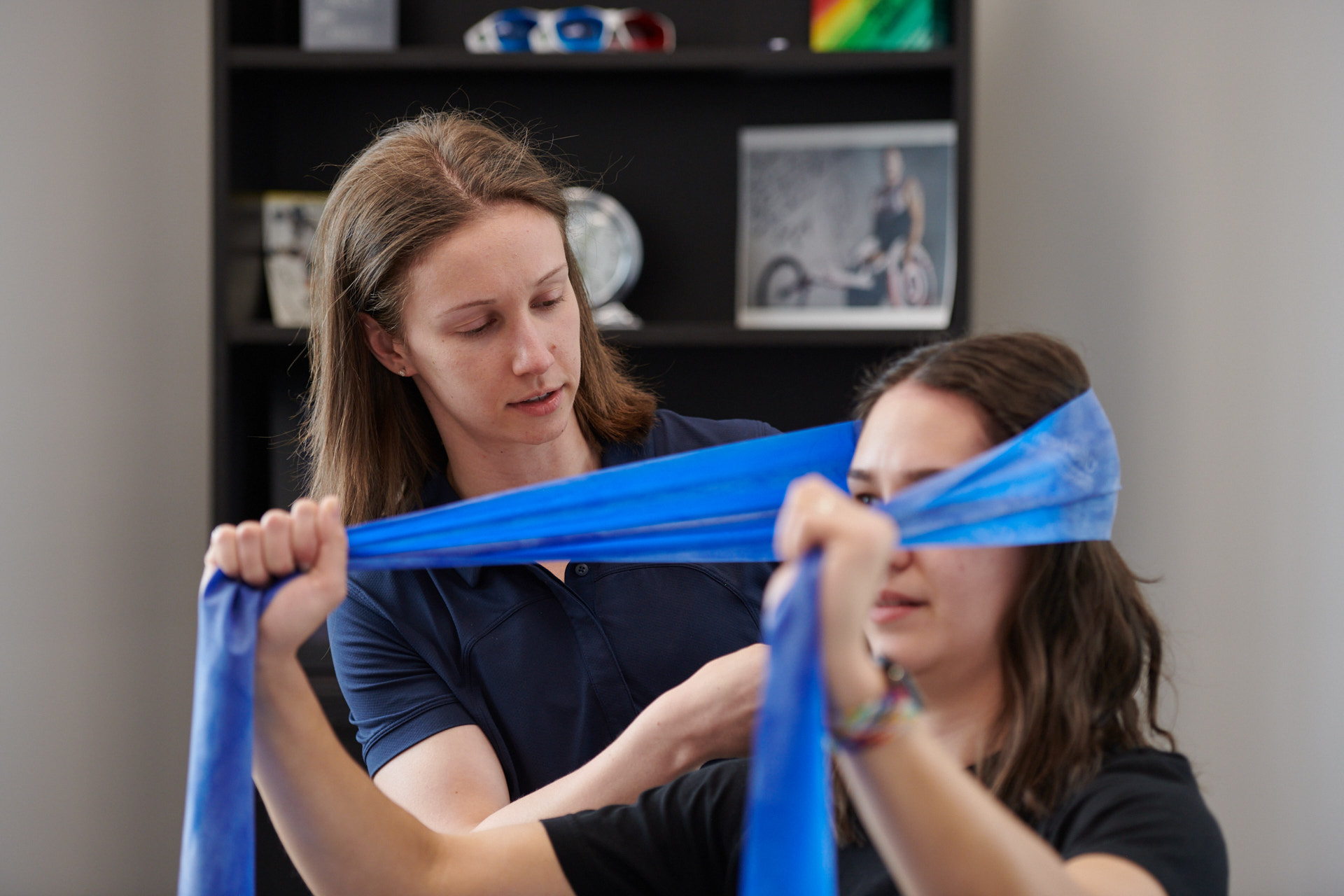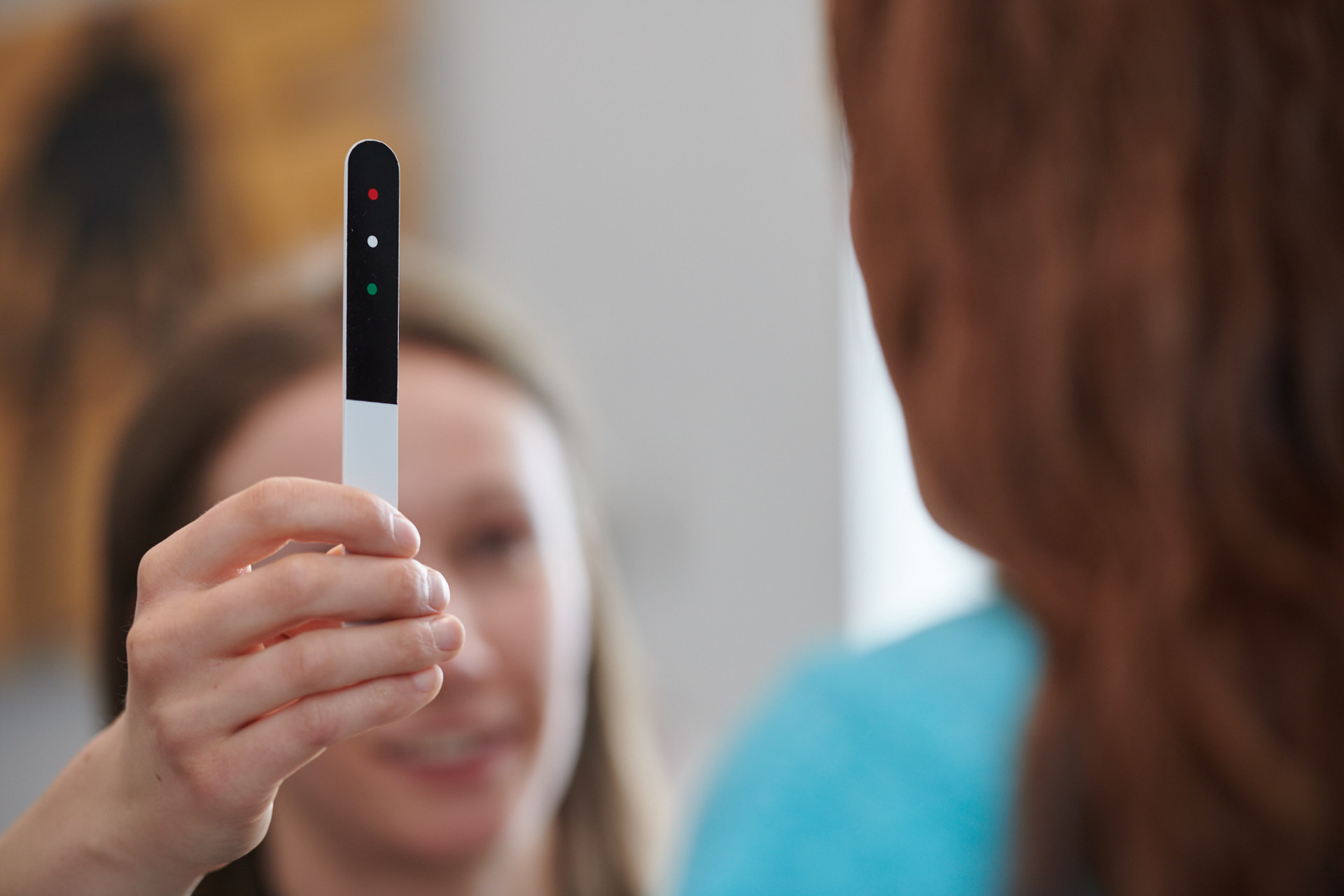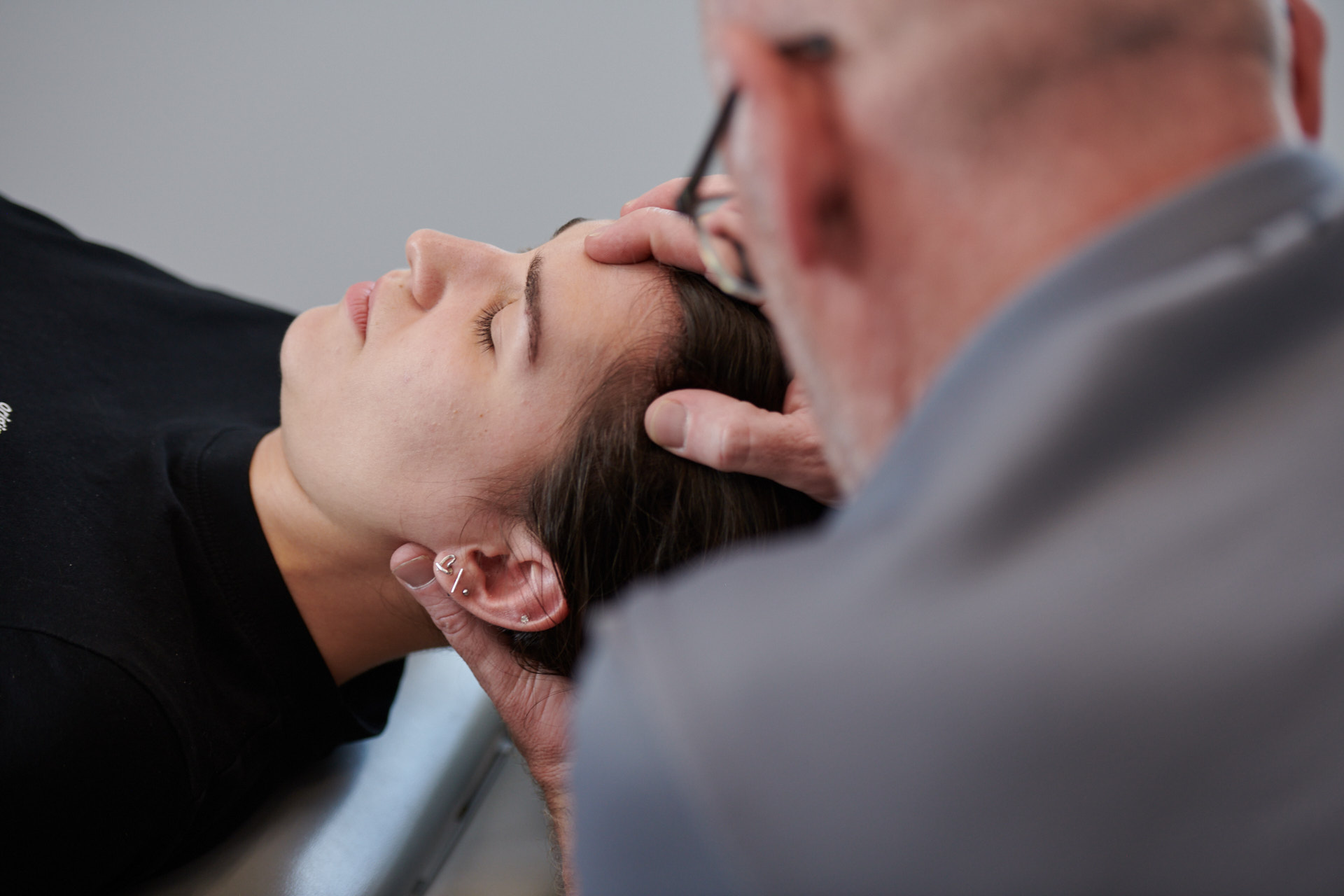What to Do After a Concussion
A concussion is a type of traumatic brain injury (TBI) that can occur after a direct blow to the head or an indirect blow elsewhere on the body that transmits force to the brain (1). Concussions can happen in various settings, such as during sports, motor vehicle accidents, falls at home, or workplace incidents.
How Concussions Affect the Brain
Because the brain is encased in cerebrospinal fluid, it can move and shift within the skull. In the case of concussion, an external or impulsive force causes nerve fibres to stretch and shear due to the rapid movement. This disruption leads to a neurometabolic cascade in which the cells of the brain, specifically neurons, undergo rapid chemical changes. The brain cells can struggle to function normally due to an energy crisis—where the demand for energy is high but the availability is low. This can further lead to possible axonal (neuron) injury, blood flow change and inflammation affecting the brain (1).
Symptoms of Concussions
Concussions can result in a wide array of symptoms, including physical, cognitive, and emotional signs. Common symptoms are headaches, dizziness, sensitivity to light and noise, balance issues, and difficulty with memory and concentration. Some individuals may feel sluggish or foggy, and others might experience mood changes such as irritability, anxiety, or sadness. Importantly, loss of consciousness occurs in only a minority of cases, and the absence of unconsciousness does not make the injury any less serious. Symptoms can appear immediately following the injury, but it’s also common for them to arise hours or days later.
Immediate Actions After a Concussion
If you suspect a concussion during a sports activity, it is critical to stop playing immediately. Continuing to play with a concussion increases the risk of a more severe injury, including second impact syndrome, which can have catastrophic effects. It’s essential to follow the adage: “When in doubt, sit them out.” Even if symptoms seem mild, it’s better to err on the side of caution. Seek a proper evaluation from a healthcare provider trained in concussion management before returning to any activity.
When to Seek Medical Attention
Most concussions do not require emergency medical care, but it’s important to recognize red flags that warrant immediate attention. If you or someone else experiences symptoms such as worsening headaches, persistent vomiting, repeated loss of consciousness, seizures, or a significant change in behaviour, it’s important to go to the nearest emergency room. These symptoms could indicate more serious brain trauma, such as bleeding or swelling in the brain.
For more routine concussion management, it’s best to consult with your family physician as soon as possible to obtain a diagnosis. While imaging tests like MRIs and CT scans are often not useful for diagnosing a concussion, a thorough clinical assessment is crucial to understanding the injury and developing an appropriate recovery plan.
Post-Concussion Care
One common misconception is that individuals with a concussion should be frequently awakened throughout the night to monitor their condition. In fact, rest, particularly good quality sleep, is one of the most important factors in promoting brain recovery. During the first 24-48 hours after the injury, it’s important to minimize physical and cognitive activities that place significant demand on the brain. These activities include screen use, reading, schoolwork, and other problem-solving tasks. After this initial rest period, it’s important to gradually increase activity levels, but only as symptoms allow.
Managing Activities After a Concussion
Contrary to outdated recommendations, sitting in a dark room is no longer encouraged. It is important to maintain some degree of light physical and mental activity and to expose yourself to natural light each day.
Activities to limit in the first 24-48 hours following a concussion include:
– Use of screens (phones, tablets, televisions, computers)
– Reading, schoolwork, and professional activities
– Video games
– Running errands (e.g., grocery shopping)
– Sports participation and heavy exercise
– Spectating at sporting events
– Socializing in large groups or engaging in loud, stimulating environments
Activities that are generally well tolerated include:
– Listening to soft music, a podcast, or an audiobook
– Light walking outdoors
– A phone call with a friend
– Easy household chores
– Gentle stretching
– Mindfulness meditation
As a general guide with any activity, symptoms should not increase by more than 2 points on a 10-point scale, should not cause an increase in symptoms lasting longer than one hour after stopping the activity, and should not promote the development of new symptoms. Consider avoiding the activity or reducing the duration of the activity if symptoms are triggered to a significant degree. Try again the next day as symptoms allow.
Importance of Sleep and Exercise
Good sleep hygiene is essential for recovery after a concussion. Establish a regular sleep schedule, avoid screens and stimulating activities before bed, and create a restful sleeping environment that is dark and cool. Your brain does much of its healing during sleep, so getting adequate rest is critical.
Light aerobic exercise initiated even in the acute (early) stage of concussion recovery may be beneficial. That said, it should be applied at an appropriate level of intensity (not too strenuous), and involve activity that is suitable to your preferences and fitness level. Start with a daily outdoor walk, 20-30 minutes in duration, 5-6 days per week following the 2-point symptom rule noted above. Speak with a Healthcare Professional before increasing your physical activity levels further.
Gradual Return to Activities
Once the initial symptoms begin to subside, individuals can start reintroducing more stimulating cognitive activities, like reading or working. These should be done in short, manageable intervals—starting at around 15 minutes and slowly increasing the duration as symptoms allow. When returning to work or school, it may be necessary to begin with reduced hours or workload, gradually scaling up to full participation under the supervision of a healthcare provider.
Returning to Sports
For athletes, returning to sports should follow a structured and gradual return-to-play protocol. This typically involves progressively increasing the intensity and type of physical activities over a few days or a few weeks (depending on the individual and their response to exercise). Clearance from a healthcare provider is necessary before full return to play.
Recovery Time and Persistent Symptoms
The timeline for concussion recovery varies from person to person. While most individuals recover within a few weeks, some may experience prolonged symptoms, a condition known as persistent post concussion symptoms (PPCS). For those with persistent symptoms, specialized rehabilitation involving healthcare providers trained in concussion management is recommended.
Seeking Further Help
If you are struggling with recovery, don’t hesitate to reach out to a healthcare provider experienced in concussion management for support and guidance. Early intervention and personalized care can make a significant difference in your recovery.
References
1. Patricios JS, Schneider KJ, Dvorak J, et al. Consensus statement on concussion in sport: the 6th International Conference on Concussion in Sport-Amsterdam, October 2022. Br J Sports Med. 2023 Jun;57(11):695-711.






